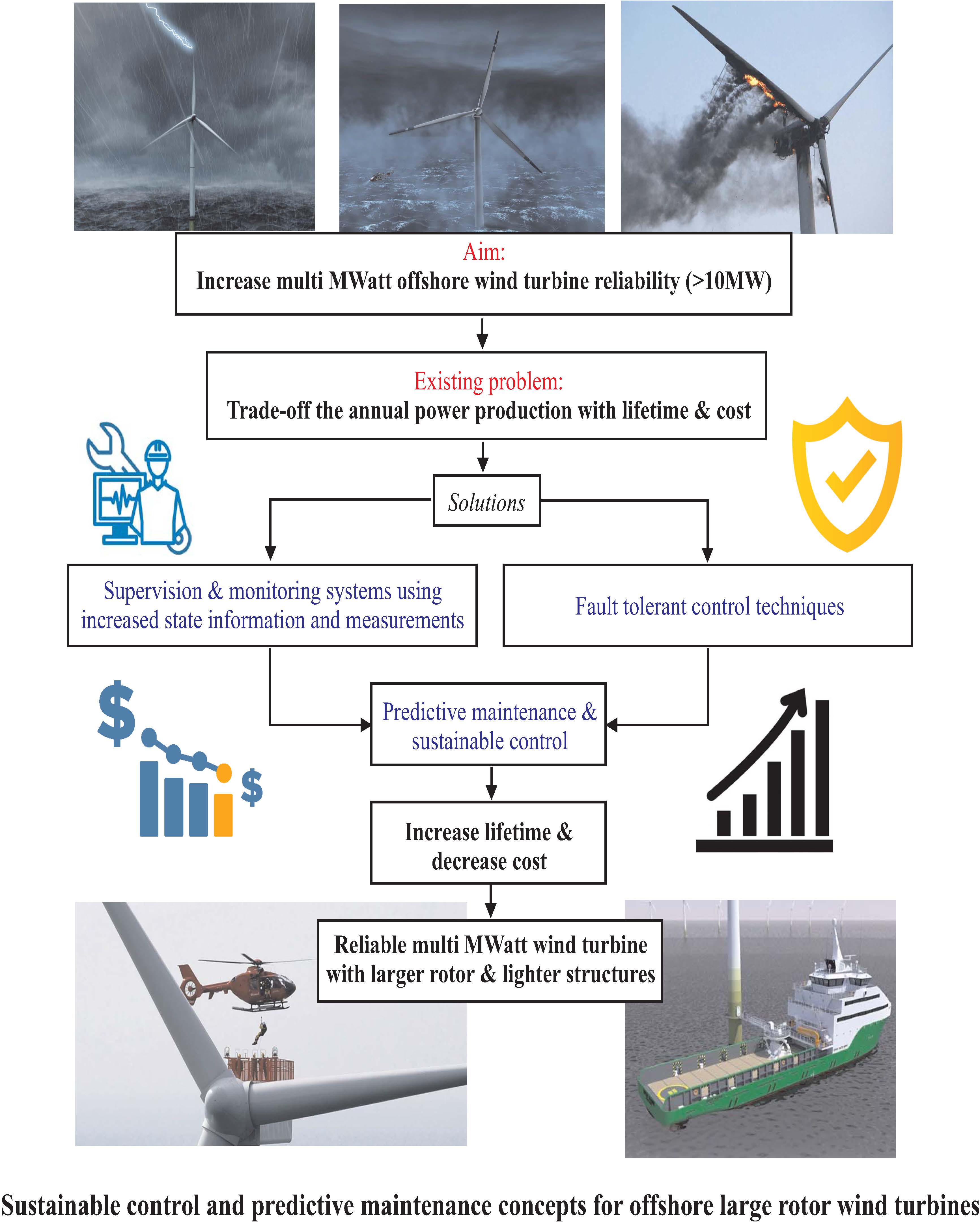The fault diagnosis of wind turbine systems represent a challenging issue, especially for offshore installations, thus justifying the research topics developed in this work. Therefore, this paper addresses the problem of the fault diagnosis of wind turbines, and it present viable solutions of fault detection and isolation techniques. The design of the so--called fault indicator consists of its estimate, which involves data--driven methods, as they result effective tools for managing partial analytical knowledge of the system dynamics, together with noise and disturbance effects. In particular, the suggested data--driven strategies exploit fuzzy systems and neural networks that are employed to determine nonlinear links between measurements and faults. The selected architectures are based on nonlinear autoregressive with exogenous input prototypes, as they approximate the dynamic evolution of the system along time. The designed fault diagnosis schemes are verified via a high--fidelity simulator, which describes the normal and the faulty behaviour of an offshore wind turbine plant. Finally, by taking into account the presence of uncertainty and disturbance implemented in the wind turbine simulator, the robustness and the reliability features of the proposed methods are also assessed. This aspect is fundamental when the proposed fault diagnosis methods have to be applied to offshore installations.

